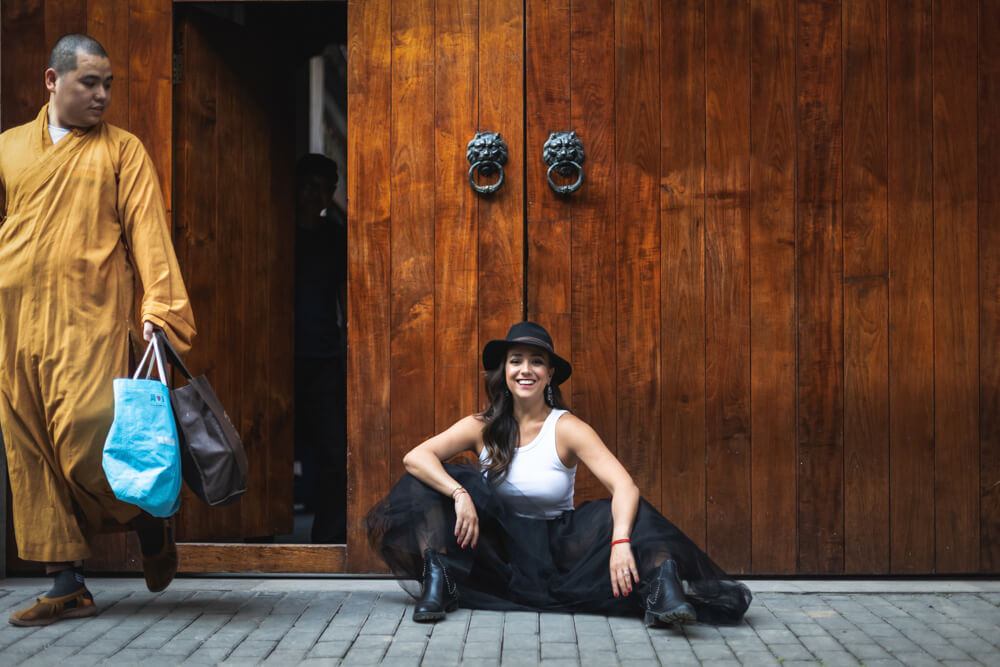My name is Mariana Basurto. I was born in Mexico City and I'm passionate about exploring the world with my camera in hand. My photography seeks to invade the intimacy of the streets, to extract and represent the magic that is perceived in everyday life and show the world from my eyes.
Through my lens I seek to capture the unique and different everyday life with a personal stamp. With every click of my camera I connect with people through a smile or conversation where I have achieved spontaneity, intimacy and respect.
There are three people and a country that triggered my passion for street photography at various times in my life. My grandfather and my father taught me to never stop being surprised in life and this fueled the action of exploring the planet. Today, I have visited more than seventy-five countries in the world and I have had the opportunity to live in five of them. My sister inspired me to photography when we traveled together and she captured moments with her Kodak camera from the 1980’s. Finally, having lived in a city like Shanghai motivated me to tell with my lens the fascinating stories that are lived every day in a country as special as China.
I hold an Industrial Engineering degree and Professional Cook but abandoned both careers to focus on photography. I’m a member the Women street photography and Mexican Street Photography Collectives. I’m interested in documentary, travel and street photography.
My medium-long-term documentary projects are:
• At their home – Show how people live around the world. Through my connection on the street I have managed to enter people's homes and they have shown me how they live.
• Elder beauty portrait- Document the expressions, textures and stories of elderly men and women from different cultures who through their skin show a unique beauty
• Quirks – Fun and unique things from everyday life that represent cultures, places or people
I have recently participated in worldwide exhibitions in Hong Kong, New York, Iran, Mexico but my greatest reward is seeing people's expressions when I show them their photo. They feel happy, heard, and represented.
I currently live in Charlotte, North Carolina, in the United States in constant search of new places to visit and stories that my lens can tell
Statement
My photography is a unique, personal dialogue between the images and viewer, crafted with the passion and privilege of capturing human connections and truths, often challenging prevailing narratives without compromise,. My main belief is that: “Never stop being amazed”
